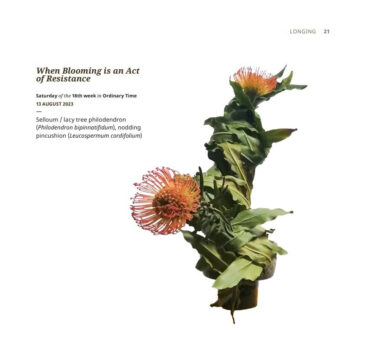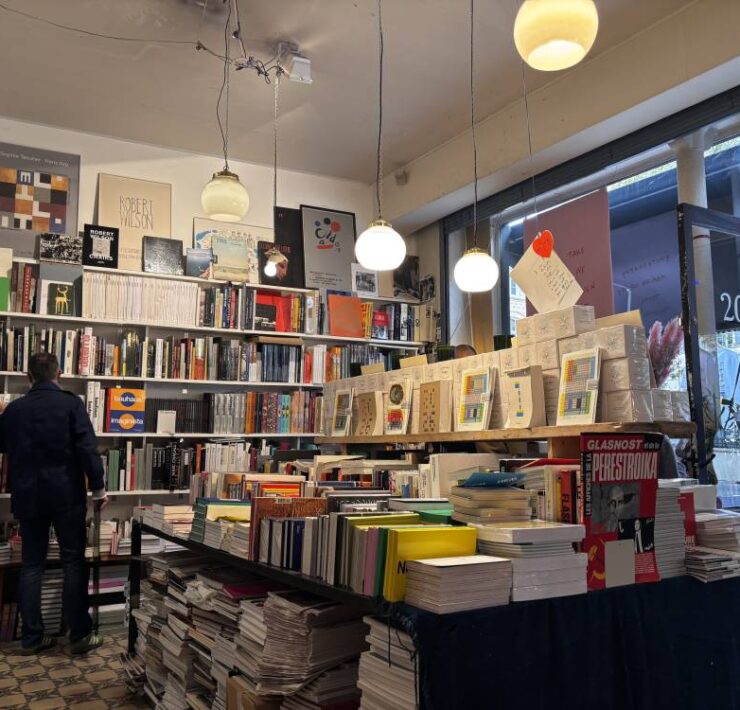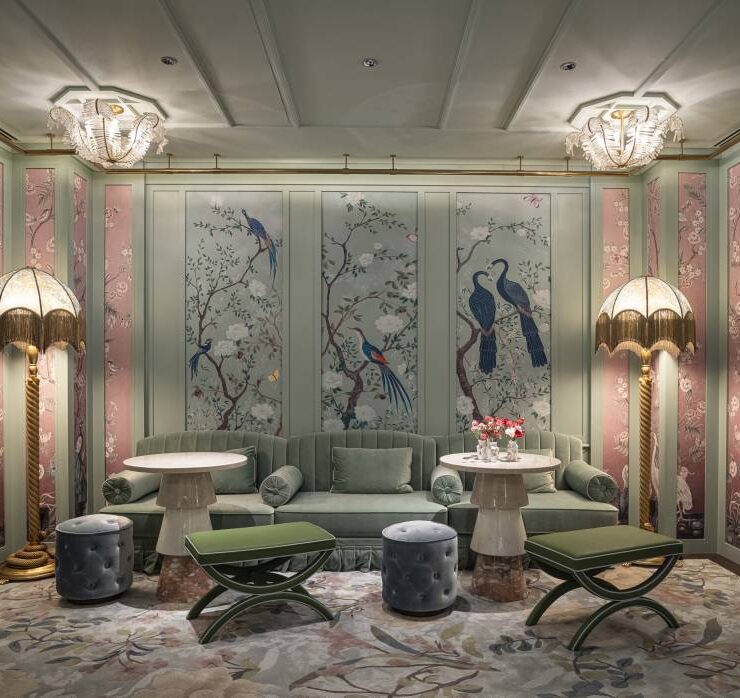‘Next superstar’: Contemporary artist’s work nets record P12M at fundraiser
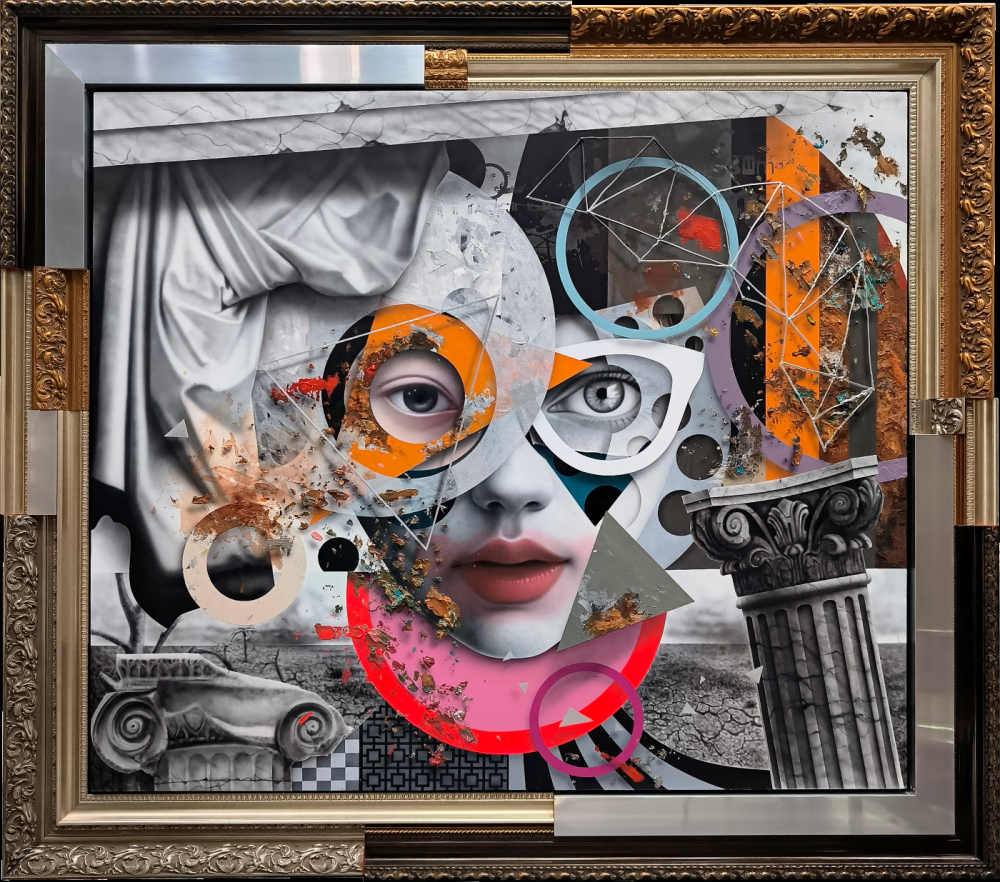
This year’s auction season began with a predictable pattern, with classicists and 20th-century modernists dominating as top favorites. However, a younger artist provided a notable surprise. For a glimpse into a consistently strong art market, Leon Gallery, especially during auctions and previews, is the place to be.
At the recent Asian Cultural Council (ACC) auction, a fundraising event dedicated to scholarships and grants for art professionals and scholars, 85 percent of the 140 lots found buyers. As anticipated, works by established masters were among the most coveted.
“We’ve been a partner in fundraising for 10 years, and the results have been consistently positive. Our goal is to give back to the artists,” said Jaime Ponce de Leon, founder and director of Leon Gallery.
Juan Luna’s “Portrait of Irene dela Rocca” fetched the highest price at P34 million.
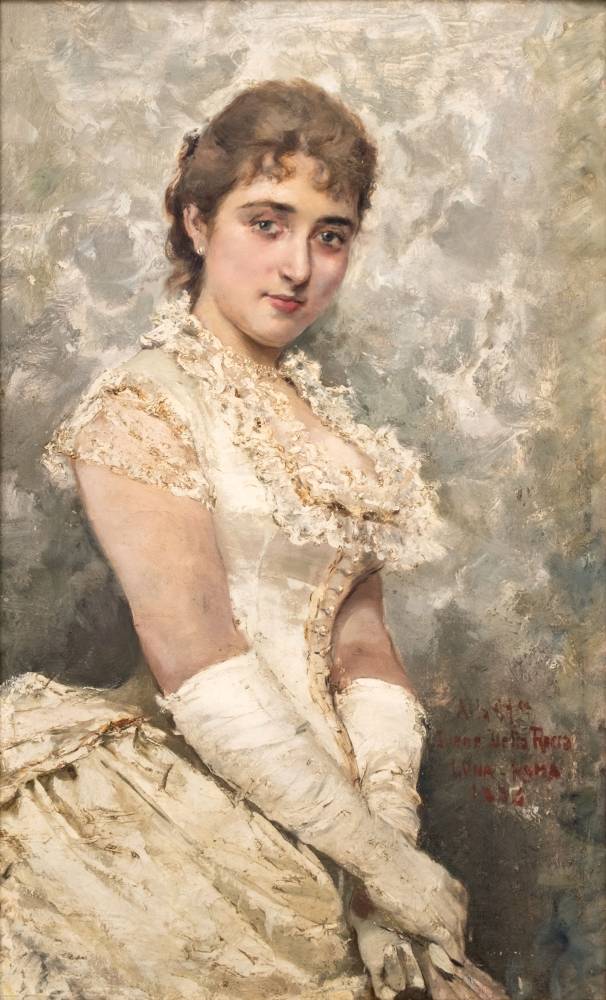
Luna’s “Spoliarium,” created in Rome, led Italy’s King Umberto I and Queen Margherita to visit his studio in late 1883. An American newspaper reported their admiration, despite Luna’s paint-stained hands preventing a handshake.
Subsequently, Gen. Enrico della Rocca, a courtier, likely commissioned Luna to paint portraits of his nieces, Adele and Irene, who were of marriageable age. Luna, needing funds after dedicating a year to “Spoliarium,” accepted. This commission likely occurred in early 1884, before Luna’s April departure for Spain, as he had declined King Umberto’s offer to buy “Spoliarium” due to its competition entry in Madrid.
‘Dilemma of changing worlds’
In these portraits, Luna shifted from the dark tones of “Spoliarium” to a lighter palette, highlighting the aristocratic features of his subjects. While not yet fully embracing Impressionism, his technique, including light handling and impasto or textural effects, suggests some exposure to the movement. The portraits marked a departure from violent themes, showcasing a more delicate style.
Anita Magsaysay-Ho’s “On the Beach” was sold for P28.8 million. “On the Beach,” from her experimental period, was painted during her family’s relocation to Hong Kong in the mid-1970s. This work depicts women mending nets, blending her memories of Zambales with a mystical quality created by ink blots.
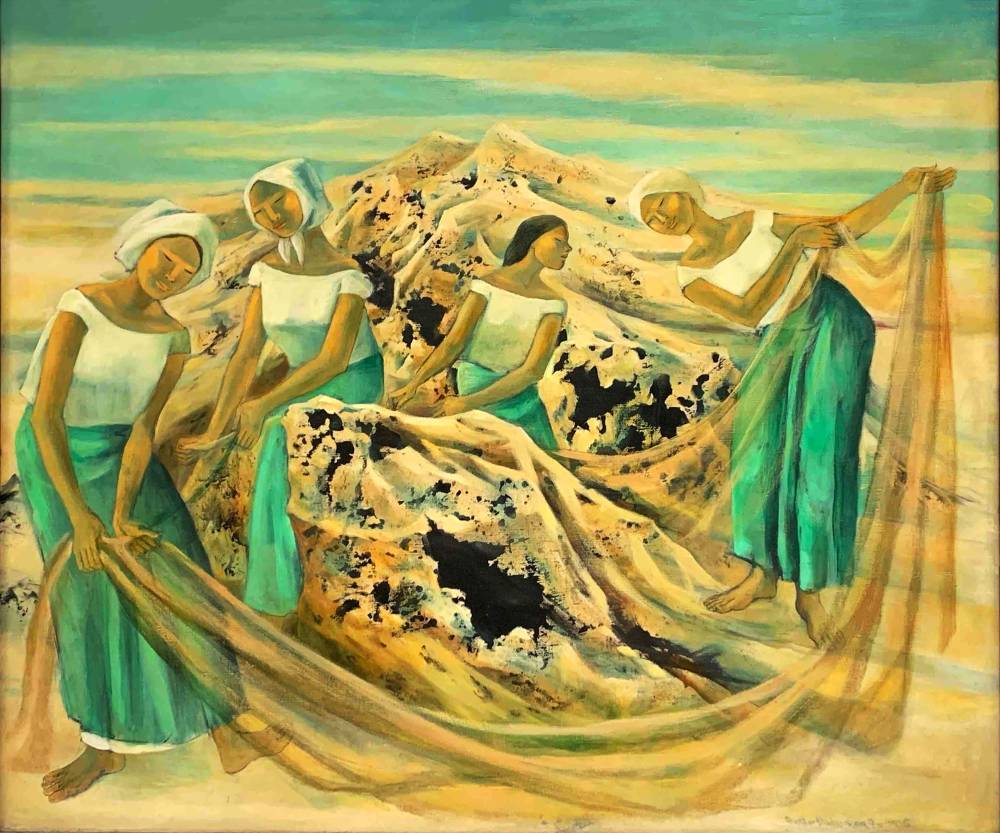
The painting reflects her “Green Period,” characterized by its dominant green hues and themes of harmony with nature. Cultural cognoscenti Alfredo Roces noted this period captured her “dilemma of changing worlds,” balancing her Philippine past with her family’s new life.
While initially experiencing alienation, Magsaysay-Ho found productivity and clarity in Hong Kong, attributing it to proximity to the Philippines and more personal time. She considered this her most productive period, using ink blots to explore her subconscious and resolve her anxieties through art, finding “warm refuge in happy memories of the past.”
Commissioned by an expat in 1972, Hernando Ocampo’s “A Song for Summer,” a network of 17 shades of red, went for P19 million. Julie Hill, an expat devoted to the Philippines since 1968, auctioned her paintings by National Artist Ang Kiukok and H.R. Ocampo to fund poor but bright students at the University of the Philippines. Her belief in education, and deep affection for the country, drove this effort to remove financial barriers for talented students.
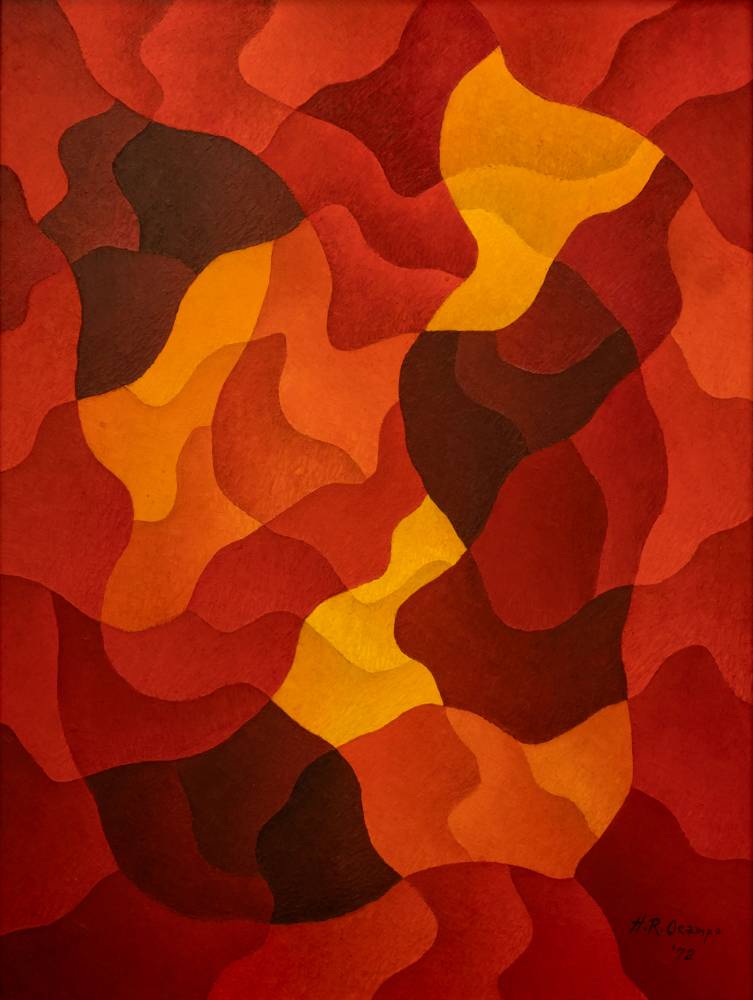
Jose Joya’s “Evening in Shanghai” was purchased for P17 million. Painted by the National Artist during a rare Cold War cultural mission, it symbolizes the Philippines’ shift from Western to Eastern alliances. This shift, influenced by declining US presence in Asia, culminated in 1975 with the Philippines’ formal diplomatic ties with China. The painting, a departure from Joya’s usual vibrant style, captures Shanghai’s colonial European atmosphere with muted tones and his signature abstract forms, reflecting a historical turning point.
Surprise
Ponce de Leon highlighted 48-year-old Demi Padua as the auction’s surprise. Padua’s art blends realistic figures with abstract elements. His piece, “Water on the Dry Land,” initially valued at P900,000, sold for a record-breaking P12 million. “Water on the Dry Land” employs trompe l’oeil to explore themes of hope and empowerment, suggesting individuals can shape their own destinies.
Padua’s technique involves creating photorealistic, three-dimensional collages that combine figurative and abstract forms, often featuring mismatched, layered frames to enhance the illusion of depth. Aiming to visually “trick” the viewer, he frequently paints photorealistic black-and-white portraits of women, then overlays them with vibrant colors and shapes, distorting reality and challenging perception. “He’s the next superstar,” said Ponce de Leon.
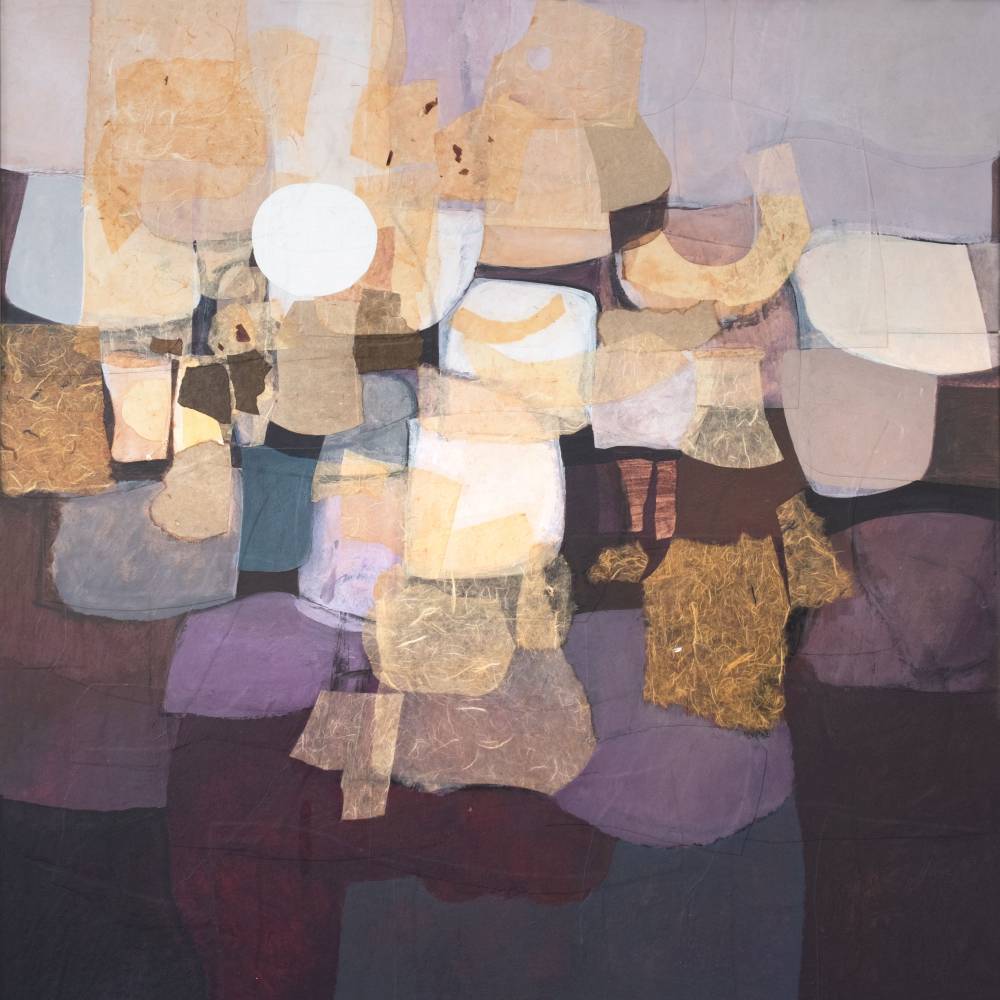
At the recent auction, Rodel Tapaya, a millennial contemporary painter recognized in Southeast Asia, saw his works go unsold, as with other famous artists.
The auction preview on Feb. 18 became a significant social event, highlighted by the presence of first lady Liza Marcos. A focal point was an 18th-century, 20-kg silver sanctuary lamp, a century-old family heirloom, which later sold for P6 million. The room showcasing the masters’ works was packed. Despite a casual dress code, attendees arrived in their finest attire.
The auction on Feb. 22 maintained the vibrant atmosphere. “We aim for a casual event,” said Ponce de Leon. The guest list comprised sellers, buyers, collectors, and ACC board members.
He noted the cyclical nature of art preferences. “Interest can shift from contemporary art to Old Masters—the blue-chip pieces.”















